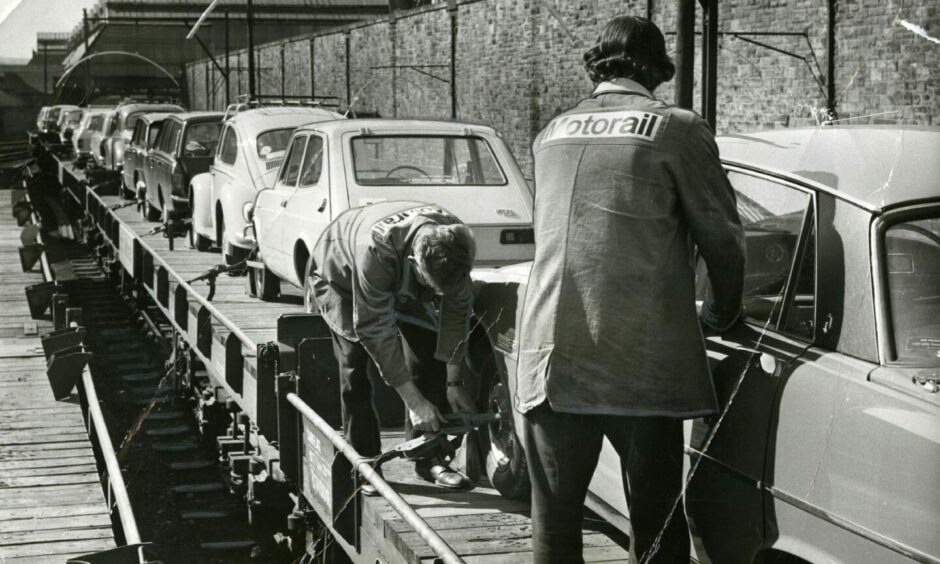
“Roads? Where we’re going we don’t need roads.”
This wasn’t the advertising slogan used to launch a new car-sleeper service in Scotland in the 1950s (it’s from the ’80s and Back To The Future) but it should have been.
Instead, the “family man” in Scotland was invited to drive aboard and let the train take the strain when journeying to England in 1958.
Motorists were to park their cars in large carriages attached to the back of sleeper trains in a new service running between Glasgow and Eastbourne.
Passengers would then stroll forward and enjoy a good night’s sleep on a hassle-free journey that took travellers from Scotland to the south of England.
Upon arrival in East Sussex, rested and refreshed, a two-hour drive to Dover would then see families ready to board the ferry for their trip to the continent.
Et voila – the 500-mile drive, frequent stops for food and fuel and the need to negotiate the roads around London had been avoided.
Isn’t dad clever?
One benefit of the Glasgow-to-Eastbourne route was how much easier for Scots holiday-makers it made the prospect of a European holiday.
Mr S. E. Raymond, chief commercial manager of British Railways, spoke of the car-sleeper’s many attractions when it was unveiled at St Enoch Station, the service’s Glasgow terminal.
“We feel that it will be particularly attractive to the family man who does not relish the long, arduous drive down the Great North Road,” he said.
“The vans we use to carry the cars are well fitted for the job and we are making reasonable arrangements at terminals for travellers to get breakfast.”
Car-sleeper services linking Perth (witness below a toe-curling image from the launch of the Fair City link) and Glasgow to London and Inverness with Newcastle and York were already up and running.
@Baldyluv 1960s British Rail lovers, let's look at the Scottish Perth Motorail launch at London's trendy Olympia pic.twitter.com/ESaJNjXcBU"
— Peter W (@PeterWDW1) April 16, 2015
In the Fair City in 1974, Robert Lawson and Robert Ramsay would load the cars during the day, while two more men, Dan Douglas and James Petrie, would take over at night.
“It’s amazing the people who use this service,” said Robert Lawson of Perth Motorail’s appeal.
“We loaded one car which had been driven up from Newcastle to go on the train to Inverness.”
Indeed, in 1974 25,000 cars a year were being transported by Motorail (as the car-sleeper services were branded from 1966) from Perth.
The service had become big business.
The ease and comfort of Motorail motoring came at a price, though.
The cost for a driver taking his car from Glasgow to Eastbourne in 1958 sat at around £16, upwards of £400 nowadays.
If money was no object, though, and you really were a big fan, you could order a Motorail shoulder bag for £1.50 (about £21 these days) from your local Motorail terminal.
British Rail Motorail key fob from the mid 1980s. pic.twitter.com/MAvCUzZemk
— Mark Amies (@Superfast72) May 21, 2016
Other, similarly chic items were also available.
Nice.
Is the cheque in the mail?
The growth of Intercity train services, improvements to coach travel and the growth of Britain’s motorway network combined to eat into Motorail’s margins.
A last-ditch bid to save the loss-making service was made when ScotRail and the Post Office looked at attaching Motorail coaches to the back of overnight Post Office trains running between Scotland and England.
The idea drew the support of Scottish Labour’s transport spokesman, Henry McLeish.
“We should fight to keep Motorail and I applaud ScotRail’s efforts in doing this,” he told the Scotland on Sunday in January 1995.
“The axing of Motorail was of huge symbolic importance to the campaign to preserve a national rail network.
“The public suddenly woke up to what a privatised rail network is all about. If a service doesn’t make money, it can be axed overnight no matter how important it is socially.
Despite the “secret talks” and the support of the future First Minister of Scotland, the partnership did not materialise.
Persuading passengers to board their cars on a separate train and the fact that Motorail would still require a subsidy were among the insurmountable obstacles.
The end of the line for Perth Motorail…
The service between London and Perth that was launched by newly privatised British Rail in 1955 was withdrawn in 1988 and the last British Rail Motorail service, from London to Stirling, ran in 1995.
Just before the axe fell on Motorail, North-East Fife MP Menzies Campbell raged at both the decision and the manner in which it had been taken.
Mr Campbell, currently chancellor of St Andrews University, felt that franchising director Roger Salmon had been “evasive'” and guilty of “outrageous behaviour'” in ignoring the need for consultations before announcing the cuts.
“If any of my constituents who have written to me about Motorail and sleeper services had been present at this meeting they would have been as dissatisfied as I was,” said Mr Campbell.
“The director of passenger rail franchising has enormous discretion and it appears that he has already exercised it with the effect of cutting off Motorail and reducing sleeper services to Scotland.”
Even the star power and charisma of Deputy Prime Minister John Prescott, the son of a railway signalman, failed to prevent the establishment of a car-sleeper service at King’s Cross in 1999 from being a short-lived affair.
Also in 1999, First Great Western, which operated an overnight sleeper from London to Penzance, rolled out a car-sleeper service in each direction on Friday nights.
This was to prove the venture’s last gasp and when it came to a halt in the summer of 2006 Britain’s car-sleepers had hit the buffers for the final time.
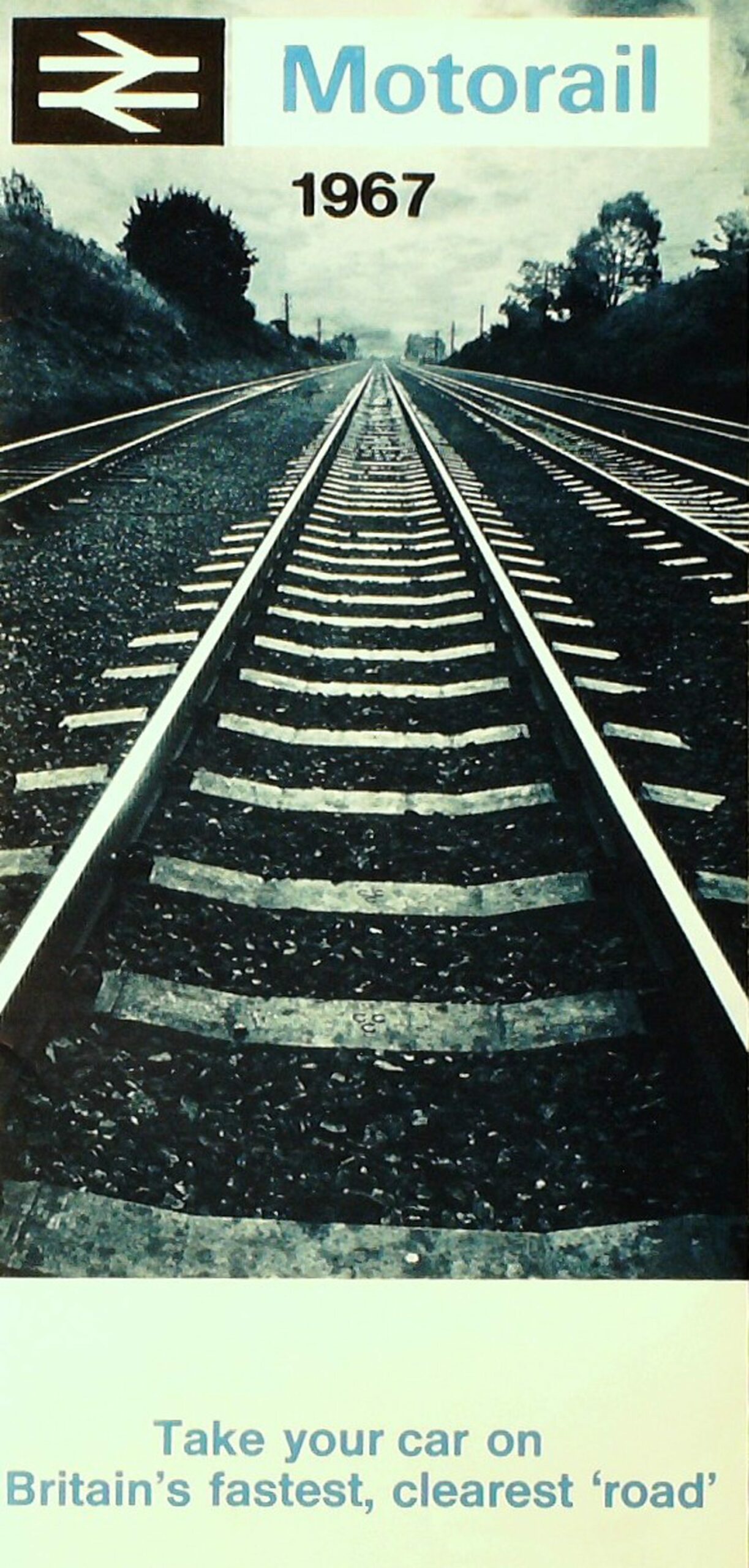
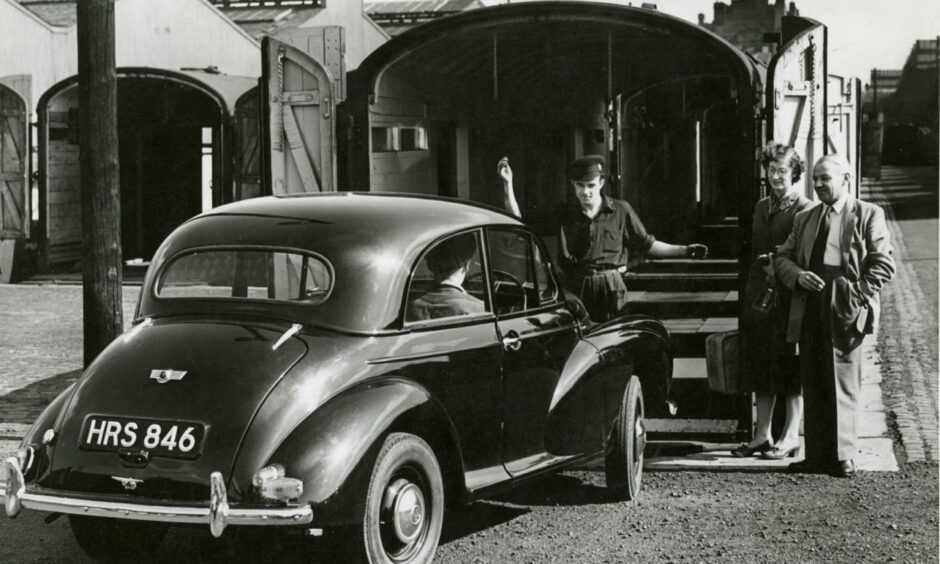
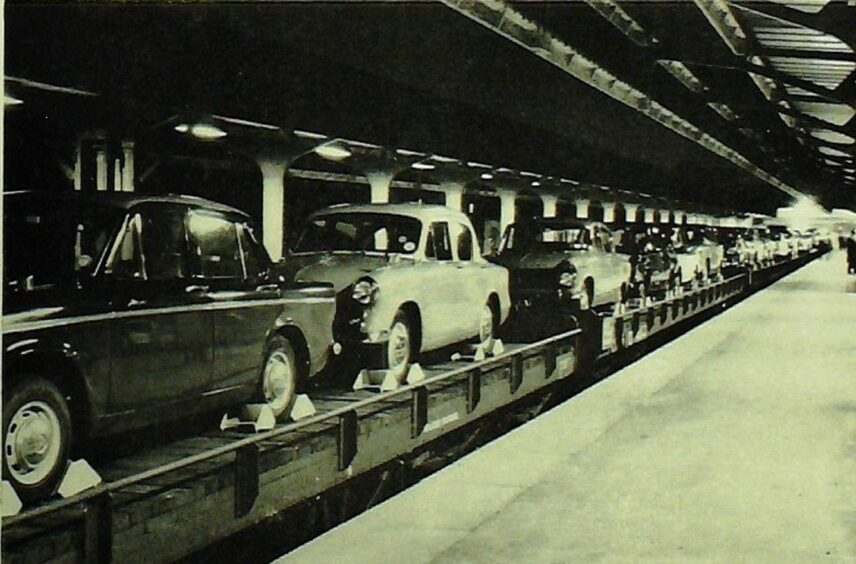
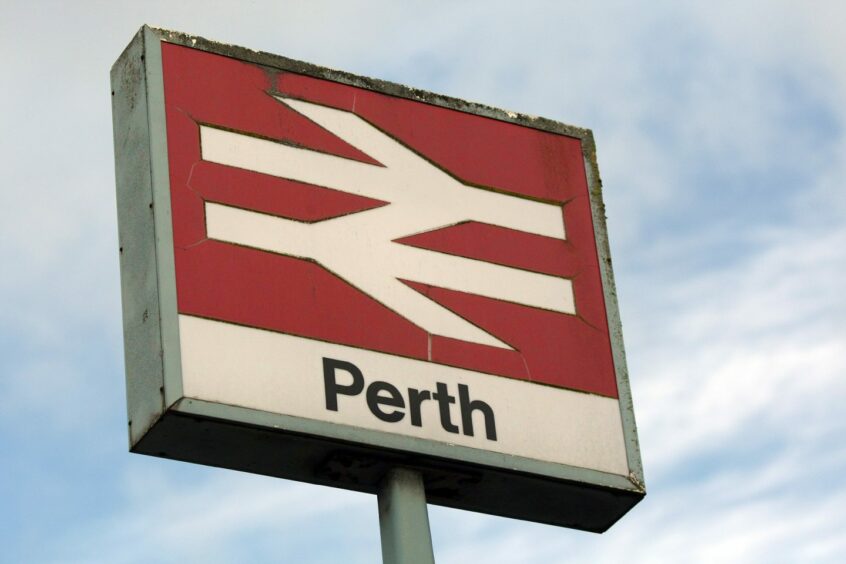










Conversation